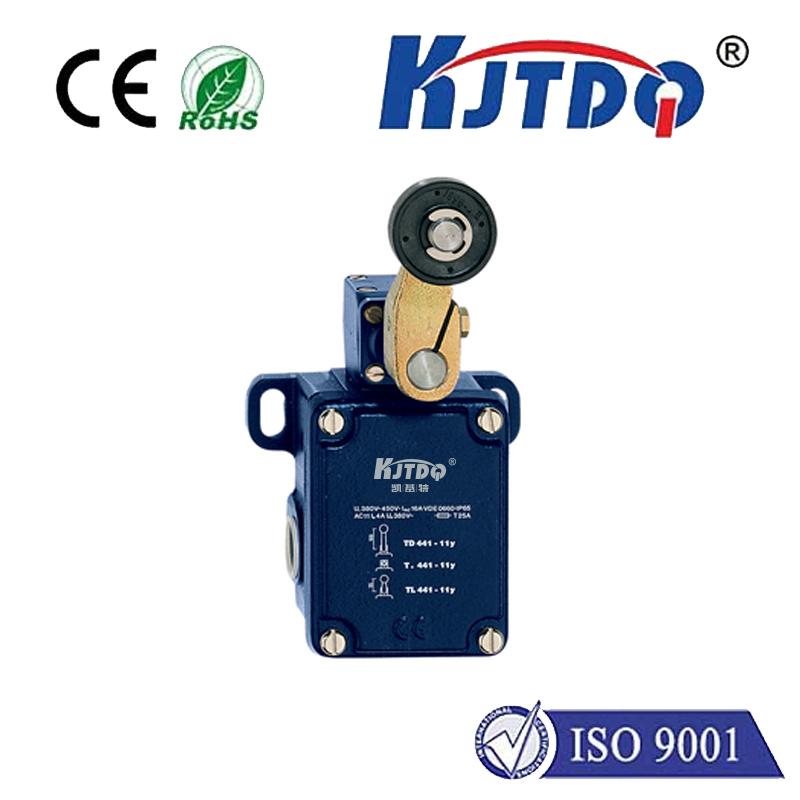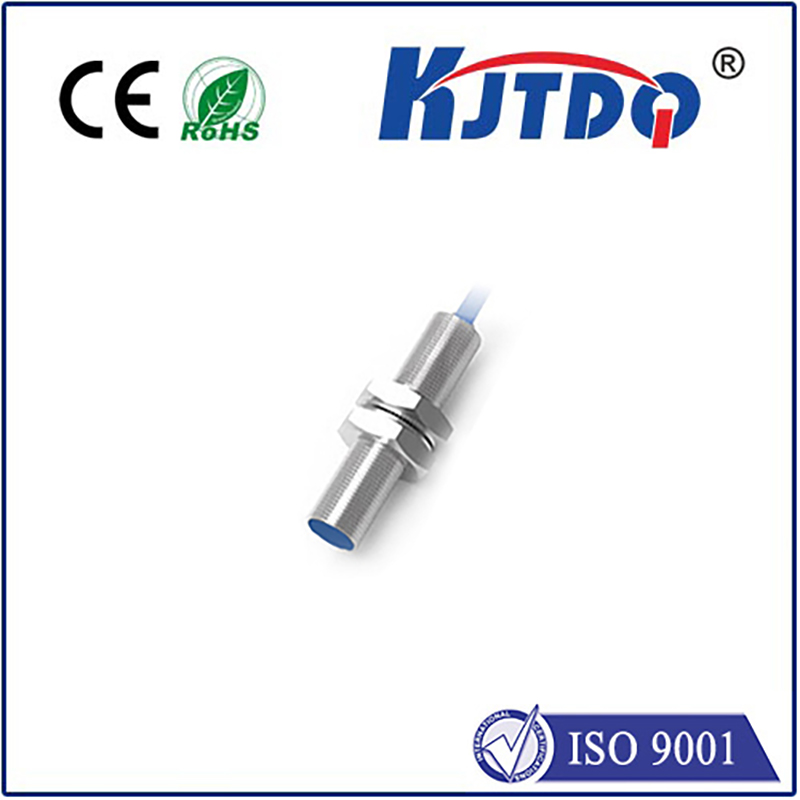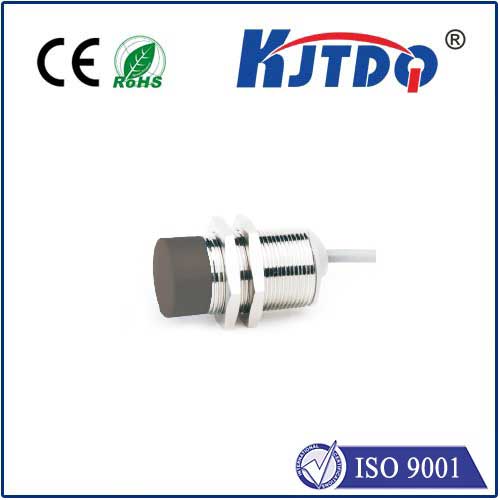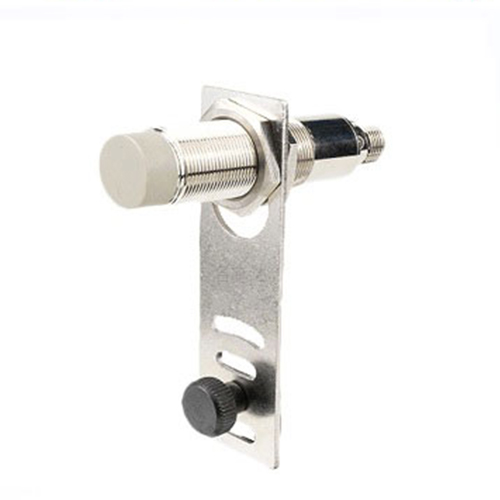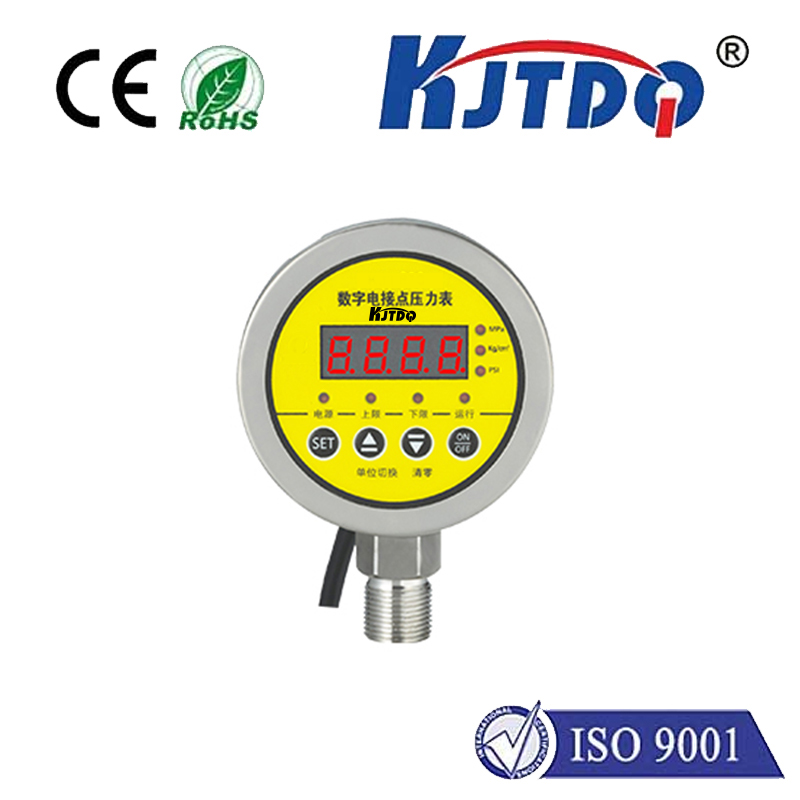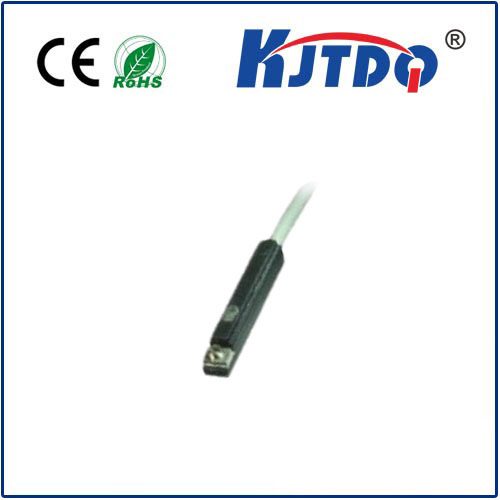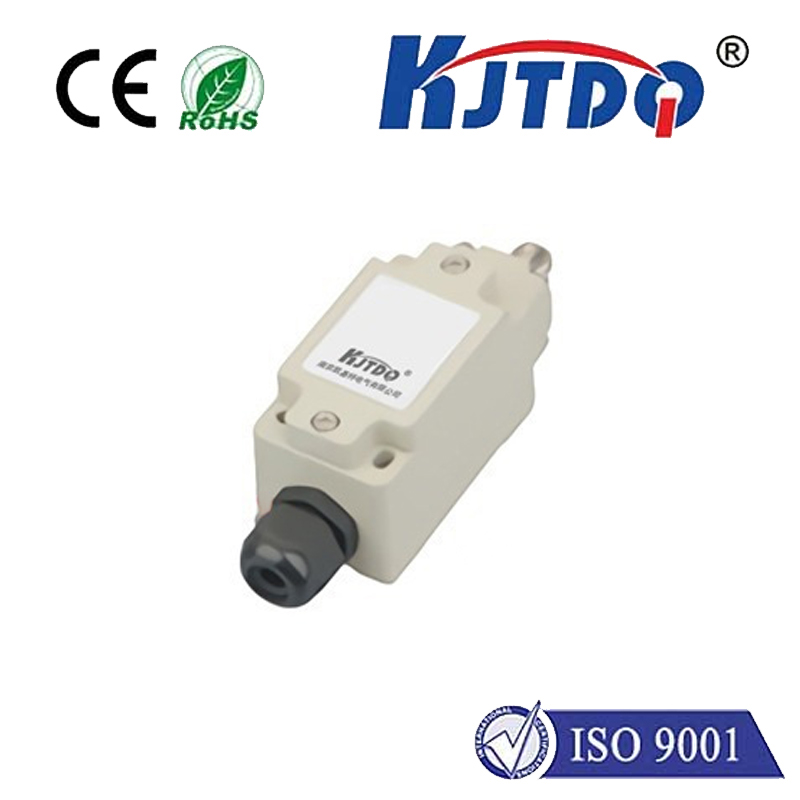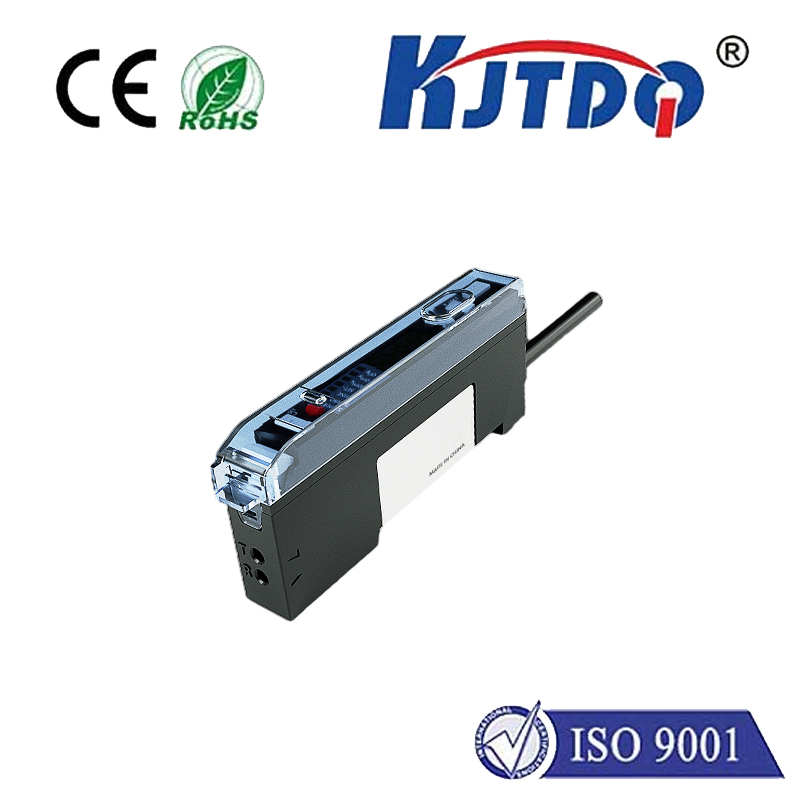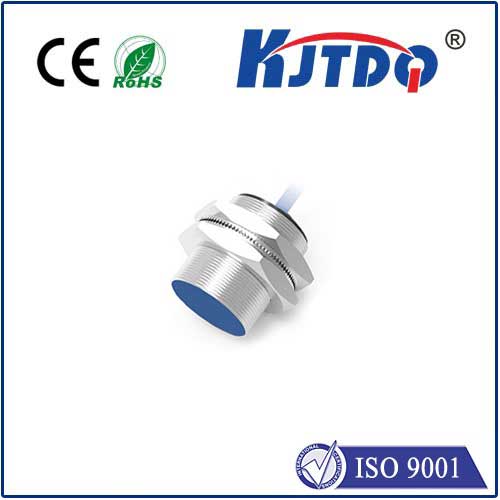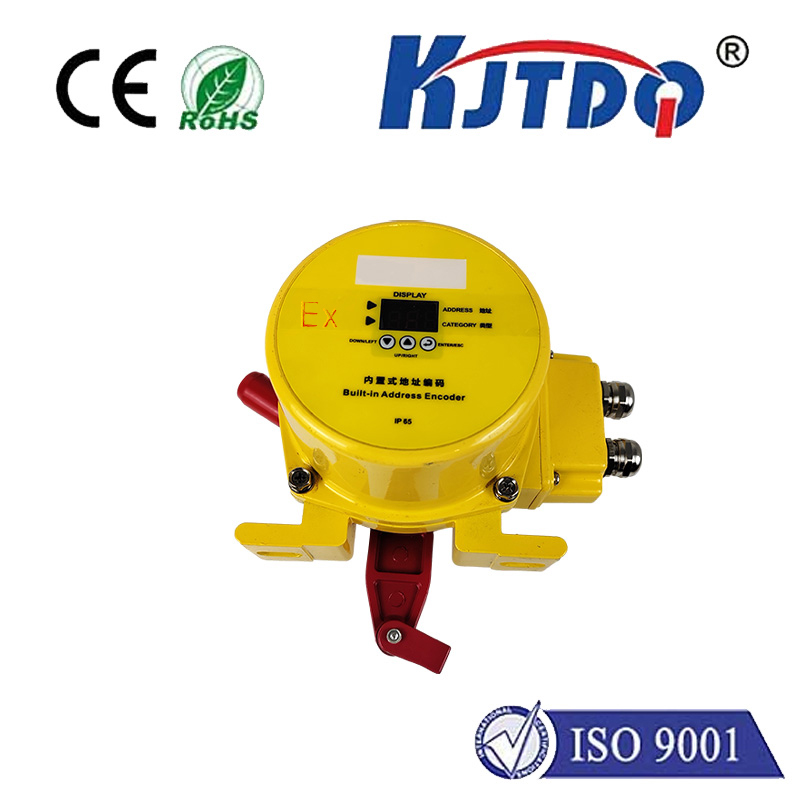

check

check

check

check

check

check

check

check

check

check
Title: Understanding Limit Switch 10A and Its Importance in Electrical Systems
Introduction (约250字)
In the realm of electrical systems, a crucial component is the limit switch. Specifically, the 10A limit switch is an essential device that helps regulate the flow of current in various electrical circuits. Its primary function is to detect when the current flowing through the circuit reaches a predetermined level, typically between 10 and 90 amps. Once this limit is reached, the switch will open or close, interrupting the flow of electricity. In this article, we will delve into the workings of the 10A limit switch and its significance in maintaining safe and efficient electrical systems.
Section 1: The Definition and Workings of the 10A Limit Switch
The 10A limit switch is a mechanical device that consists of a contact mechanism and a stem. When the current flowing through the circuit exceeds the specified limit, the force exerted on the contact causes it to move, ultimately opening the switch. This interruption in the flow of electricity prevents potential hazards such as overheating, short circuits, and even fires. Additionally, some limit switches are equipped with built-in safety features like reset buttons that allow users to manually reset the switch in case of accidental activation.
Section 2: Applications and Importance of the 10A Limit Switch
The 10A limit switch has numerous applications in both industrial and residential settings. In industrial settings, it is commonly used in machinery, equipment, and heavy machinery to prevent overheating and maintain optimal performance. In residential settings, it is often found in electrical appliances like refrigerators, washing machines, and dryers. By monitoring and regulating the flow of current, the 10A limit switch ensures safety and longevity of these devices. Furthermore, its simplicity and ease of installation make it a cost-effective solution for various electrical systems.
